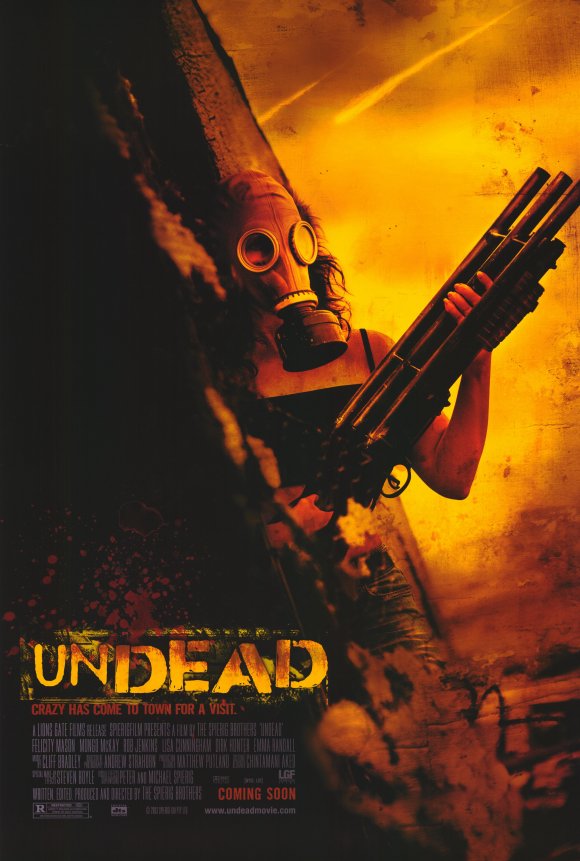It's Pirated!
What does the board do?
The Classification Board classify different types of material, things such as games or films before they can be legally viewed by the public. The Classification Board also decides what consumer advice. Consumer advice is designed to let consumers know which classifiable elements (for example violence, sex, coarse language, themes, drug use and/or nudity) have led to the classification decision. Consumer advice helps you make an informed choice about the material you, or those in your care, choose to read, view or play. The board classifies internet sites relevant to ACMA developed by for distribution over mobile phone networks. The Board also provides classifications to the Australian Customs and Border Protection Service in relation to the importation of publications, videos and computer games.How important is context in the decision making process?
The classification of a film, computer game or a publication is about informing choices. Before any material is made widely to the public, the Classification Board assesses the content depending on contextual background prior to the rating’s of games for example or films viewed by different perspectives. The producer has to act as if he was seated within a cinema with an audience, whereas, the director might not view material as violent, scary or offensive in any way. The Classification Board also makes a decision on appropriate consumer advice that lets you know what to expect when you watch the film or video, open the magazine, or play the computer game.
How is impact assessed?
It all depends on context – whose shoes you are in and whether the viewer is mature audience to accept what they see. The impact is assessed on how much violence or horrific media material l is delivered to the viewer to make up their minds. But impact for a democratic society could be classified as judgmental on individuals who play this type of classifications or watch gory R rated films.
Research some of the decisions the Board has made in recent years. What content has been refused classification or needed to be amended?
The Classification Board also makes a decision on appropriate consumer advice that lets you know what to expect when you watch the film or video, open the magazine, or play the computer game. Consumer advice warns the audience about content that may scare, upset or have a strong impact. In providing consumer advice at lower classification levels (such as G and PG), the Classification Board focuses on providing information about content that may have an impact on children, especially very young children. Some examples include The Human Centipede & A Serbian Film.


